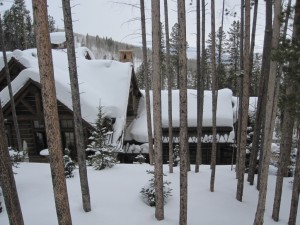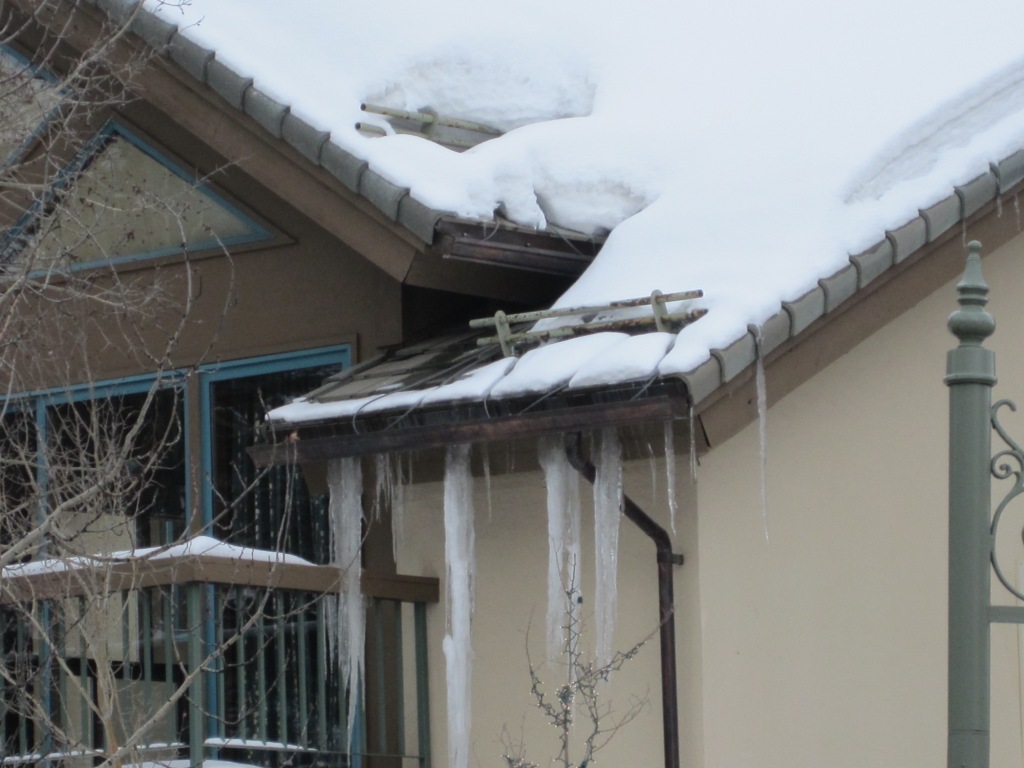How to Save Energy Heating Your Home
2 Comments | Posted by armchairbuilder in Great Products, Save Money
How are you going to save energy in your home? We don’t usually think of ways to save money on our heating costs until we start receiving the bills. Well, it’s that time of year again. Now is a great time to check for those leaky areas around your home. Here a builder shares his ideas on how to save energy heating your home.
- Add a programmable thermostat: If you’re like me, you go to bed and get up at about the same time every day. When you have a programmable thermostat, you can have your heating or cooling system set to work less when you are sleeping and save you money. You can get a good thermostat at any home improvement store for under $50 and install it in five minutes. Set your thermostat to turn the heat up a half our before you wake. This way, you will never know it had ever turned down.
- Insulate the top 1/3 of your basement wall. But how is this going to save energy? If you have an unfinished basement and the walls are not insulated, you are throwing money out the window. Up to 30% of your heat loss can be through your basement walls. Remove each piece of rim joist insulation (the rim is the area above the basement wall and below the first floor subfloor) and look for any gaps or holes to fill with caulk or expandable foam. Then place the insulation back neatly (Note: this will also help keep bugs out). Now insulate the top 1/3 of the poured concrete or block foundation wall (Note: A walkout or garden basement framed wall will probably already be insulated). You will want to check with your local building department to see what type of insulation they recommend. For the houses I have built in the midwestern states I have used a fiberglass roll insulation with a vapor barrier on the outside (facing the interior of the basement). The cost of this energy improvement will vary depending on the size of your basement. For the average sized American home you can figure to spend $250 or so if you do the install. Add another $200 if you plan on having someone else do the work. If you have the extra cash, go ahead and insulate the entire basement wall.
- Seal up penetrations in your second floor ceiling (or first floor ceiling on a ranch). How is this going to save energy you say? Well…there are quite a few penetrations in the typical ceiling at the attic space. This includes everything from recessed can lights to electrical boxes. Each of these openings has a gap between the box, housing or wire, and the drywall. Now is a great time to get up into your attic and address these…after all, it’s relatively cool up there now (versus 150 degrees in the summer). Get a caulk gun and a tube of caulk or an expandable foam in a can and seal these up. You will need to pull back the insulation to get to the area. Caution: make sure you don’t step on anything that isn’t a framing member that can’t support your weight! Be sure to neatly place the insulation back so it works as designed. This energy improvement will take a few hours from your Saturday and will cost $10 for the foam or caulk. If you have a vaulted ceiling with no attic access, you can seal up the penetrations from below. Caulk electrical boxes to the drywall and foam the knockouts where the wires come into the box. You can also seal up heating ducts to the drywall with foam or caulk.
- Add More Attic Insulation: After sealing up the penetrations at your attic/ceiling, you can go ahead and add more insulation. Make sure you don’t double up on vapor barriers. This will trap moisture. So if you decide to go with fiberglass batts on top of the existing insulation, go with the batts without kraft paper. If you have loose fill insulation currently in your attic, you can easily add more. For you a 1000 square foot attic area, you will spend about $150 on loose fill cellulose material (to add an additional R-19). Some home improvement stores will let you use their machine to blow the material in for a nominal fee.
- Seal up Attic Access Panels. Do you ever drive around in your car in the winter with your sunroof open? Didn’t think so. I can’t tell you how many attic access panels I have come across in existing homes that aren’t insulated. Yes that’s right, no insulation. None. Let’s look at how to save energy by sealing this up. Your attic access is approximately six square feet of ceiling area for each panel. Without any insulation, you are creating a big chimney for the precious treated air in your home to escape. At a minimum, get an R-30 batt of fiberglass insulation and secure it to the back of the access panel. If you rarely use the access, I would also put a bead of caulk around it to seal it off. The only cost associated with this is the small piece of insulation and maybe a bruised ego for not having done anything about this sooner.

- Change your Furnace Filter: A clogged filter makes it more difficult for an air handler to force the air to where it needs to go. Be sure to check your filter every couple months. We’ve been talking about how to save energy heating your home…so it would probably be a good time to mention the maintenance of your furnace. Be sure to get the unit checked once a year by a qualified technician.
- Cover Windows: If you have old, drafty windows, you might want to get some window insulator kits. You know the kind you shrink with a hair dryer, to cover your windows to help keep the cold air out.
- Uncover Heat Registers: The couch you have sitting over the two registers in your family room isn’t helping with your heating efficiency. The underside of your couch will be toasty warm, but the rest of the space will be cool, causing you to turn up the thermostat. This will make the rest of the home too warm. Again…inefficient. Slide the coach out to expose the vents for proper air flow.
2 Comments for How to Save Energy Heating Your Home
How Much Insulation Do I Really Need in My Attic?- Armchair Builder :: Blog :: Build, renovate, & repair your own home. Save money as an owner-builder. | May 21, 2012 at 6:47 pm
[…] How to Save Energy Heating Your Home: Here are some relatively low cost ideas for improving your existing home’s energy efficiency […]




[…] critical for creating a properly vented attic. Check out this article if you are looking for other ways to save energy on your home. Another good source for saving energy in your home is to address the air leaks. – Determining how […]